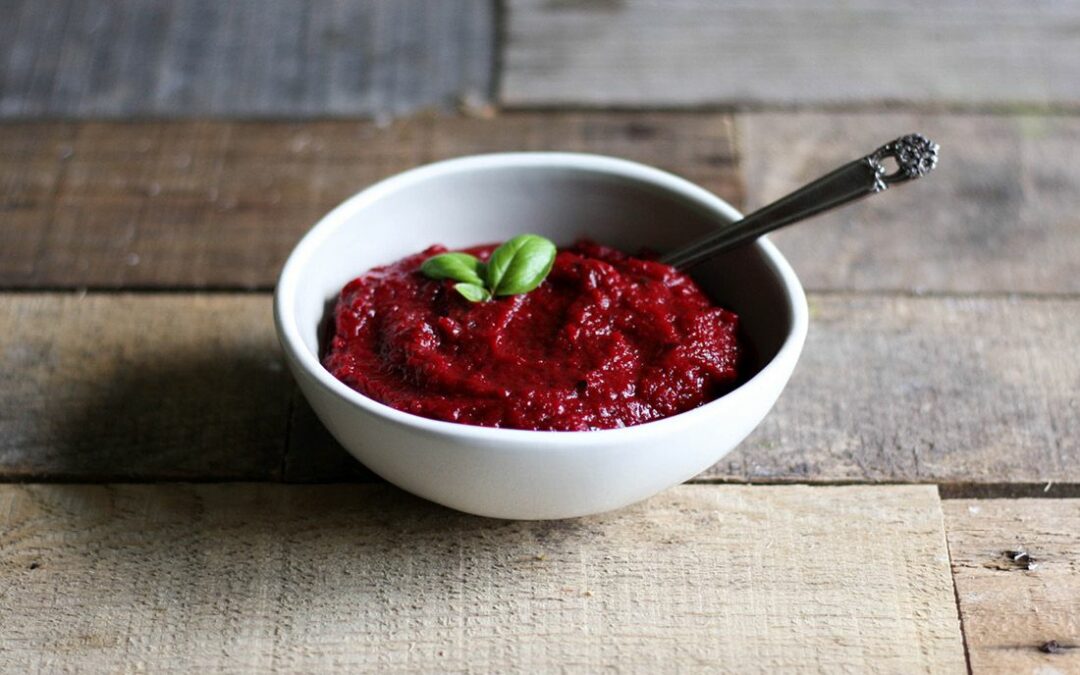ADHD is defined as a typical neurodevelopmental disorder among children. Usually, it is diagnosed in childhood and then later progresses into adulthood. Children who have Attention Deficit Hyperactivity Disorder have trouble paying attention, can’t control their impulsive actions and are pretty active. It’s a complex disorder that affects about 6 to 8% of children. It is highly claimed that ADHD is influenced by genetics, the overall environment, and neurological issues. Even though some medications are available to treat ADHD, they have been ruled out as an option because of the adverse side effects. Hence, that is why parents whose kids have been affected with ADHD always search for other alternative therapy options.
Therefore, in this article, we will be looking at alternatives such as the Feingold Diet, understanding what it stands for, and to what extent it works to aid the children suffering from this condition.
Changes in Diet
The main question that often arises is whether changing a child’s diet (affected by ADHD) helps or shows significant results? Well, the answer to that is a controversy itself.
Specifically, there has been a lot of controversy about sugar and ADHD. But, there is no scientific proof to back that up. However, that gives birth to another question: why do kids seem so hyper after consuming sugar. Data shows that refined carbohydrates and sugar can boost the sugar levels in a child’s bloodstream. When that sugar in the blood spikes, a child is bound to become super active. If that seems to be the point of contention, a doctor may recommend fibre intake to control blood sugar levels. Furthermore, foods that contain high fibre include; oatmeal, whole grains, fruits, berries and many more.
Feingold Diet
The Feingold Diet was created a long ago by Dr Benjamin Feingold, a Californian paediatrician and allergist.
Initially, he devised this plan to sketch eating patterns for his young patients to help with eczema, hives and asthma. However, he soon noticed that this was improving the overall behavioural problems. So soon, he started to implement this diet plan for patients facing behavioural issues such as dyslexia, autism, hyperactivity, and other issues. It was formed in the 1970s and is also better known as an elimination diet. It is designed to work specifically to omit artificial colours, sweet items, artificial flavours, certain substances known as salicylates, and some named preservatives such as BHA and BHT.
The affected patients must follow two phases of the Feingold diet appropriately. Phase 01 is to remove any potential triggers. In this phase, you are supposed to avoid any food that can tick off a behavioural problem in your child. Phase 02 is testing salicylates. This is where you reintroduce some of the food items from phase 01. If the behavioural issues seem to persist, you must switch back to where you started. Benjamin Feingold strongly believed that controlling these food items in such patients would improve their focus and behaviour. However, he failed to prove it. Except for the few success stories that we hear today, a chunk of patients didn’t see or notice such results. There is relatively little evidence to support Feingold’s theory and thus was rejected by several strict clinical protocols. However, some experts believe or take it as a popular theory that the only reason the affected child’s behaviour improves is that their parents tend to treat them extra special when they are on such a customised diet.
Nevertheless, it is best to talk to your child’s doctor before trying the Feingold diet. Or you can refer to a certified dietitian who will help you design a proper plan that includes all the child’s snacks. In addition, it would be best if you considered the diet of other family members well.
Other Treatment Options for ADHD
Even though the Feingold Treatment is the most pursued treatment option when it comes to ADHD, there have been other options that ensure or promise results.
Chiropractic
Chiropractic is a treatment option for the joints and muscles by adjusting the spine and skeleton imbalances. This is widely used as a therapy and is a part of CAM (CAM stands for complementary and alternative option), and a lot of their treatments are commonly used by such patients. Though not clinically proven, it has proved beneficial for a small number of people. However, you must hire or consult a chiropractor who is a professional in paediatric care.
Supplements
Some research has shown that children who have ADHD have low amounts of omega-three fatty acids in their bloodstream, unlike a typical child. Hence, some doctors and healthcare providers recommend the consumption of omega-three fatty acids. A study proved that the ADHD patients, who took it, displayed progress in their severe behavioural problems. Again, you must consult your doctor before making your child incorporate anything into their diet.
Exercise and Balanced Diet
There is no doubt that a healthy, balanced diet always proves to keep a child’s overall health in check. Keeping aside things like snacks and junk food alone can help a lot. Apart from maintaining a balanced diet with all the packed nutrition, it is also vital that the children exercise.
Exercise is not only good for the body but the mind as well. Any level of training can release chemicals known as neurotransmitters which activate focus and cautiousness. Activities such as ice-skating, running, martial arts, and any aerobic exercise can help the kids put their energy to use. Lastly, outdoor workouts have more of a positive effect than indoor exercise.
Conclusion
There have been no clinical approvals when treating ADHD, autism, and dyslexia with therapies like the Feingold diet or other treatment options mentioned in the article. In addition, there have been some success stories, but they are not medically backed up. If you suspect that your child is allergic to some food items (those spike behavioural problems), then it would be better to seek the advice of a doctor or medical professional.



Recent Comments